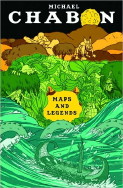Review: ‘Skyscrapers of the Midwest’ by Joshua W. Cotter
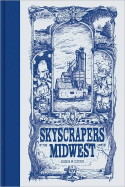 Skyscrapers of the Midwest
Skyscrapers of the Midwest
By Joshua W. Cotter
AdHouse Books, June 2008, $19.95
If Chris Ware were a few years younger, grew up in a more religious household, and had less of an obsession with comics formalism, he just might have become Joshua Cotter. Or maybe that’s just me being flippant – it isn’t really fair to Cotter; his work covers some of the same emotional terrain as Ware’s, but is otherwise very different.
[[[Skyscrapers]]] is difficult to describe; it’s made up of many short stories – sometimes as many as three to a page – that mostly focus on a family in the small town of South Nodaway, somewhere in the vast American Midwest in 1987. There’s also the robot Nova Stealth, who is both the human-sized hero of a Marvel-ish comic the elder boy of the family loves, that boy’s robot toy, and a gigantic god-figure stalking across the landscape, sometimes in imagination but other times clearly real. And then there are the stories that get into really weird stuff.
The stories mostly focus on the family’s ten-year-old son, who is never named. Neither are his father or mother, though his younger brother Jeffrey has the same name as Cotter’s own younger brother (to whom the book is dedicated). And Cotter was born in 1977, which would make him ten year old in 1987 – the same age as his fifth-grade hero. So we do know a name for this boy, even if that name never appears in the book.


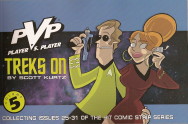 PvP Vol. 5: PvP Treks On
PvP Vol. 5: PvP Treks On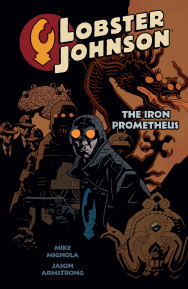
 Manga Friday tackles the thorny question of book-to-movie adaptations head-on this week, by comparing and contrasting the first two volumes of the Honey and Clover manga with the movie of the same name – which was adapted from the manga story.
Manga Friday tackles the thorny question of book-to-movie adaptations head-on this week, by comparing and contrasting the first two volumes of the Honey and Clover manga with the movie of the same name – which was adapted from the manga story.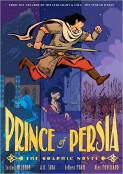
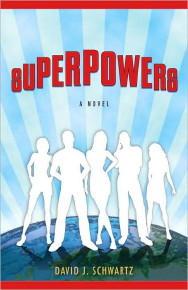
 This week’s "Manga Friday" features titles from two Aurora imprints that are for adults only. I’ll try to keep the review itself safe for somewhat younger readers, but, if you’re twelve or so, picture me shaking my finger sternly at you and saying you should move on to something more age-appropriate.
This week’s "Manga Friday" features titles from two Aurora imprints that are for adults only. I’ll try to keep the review itself safe for somewhat younger readers, but, if you’re twelve or so, picture me shaking my finger sternly at you and saying you should move on to something more age-appropriate.